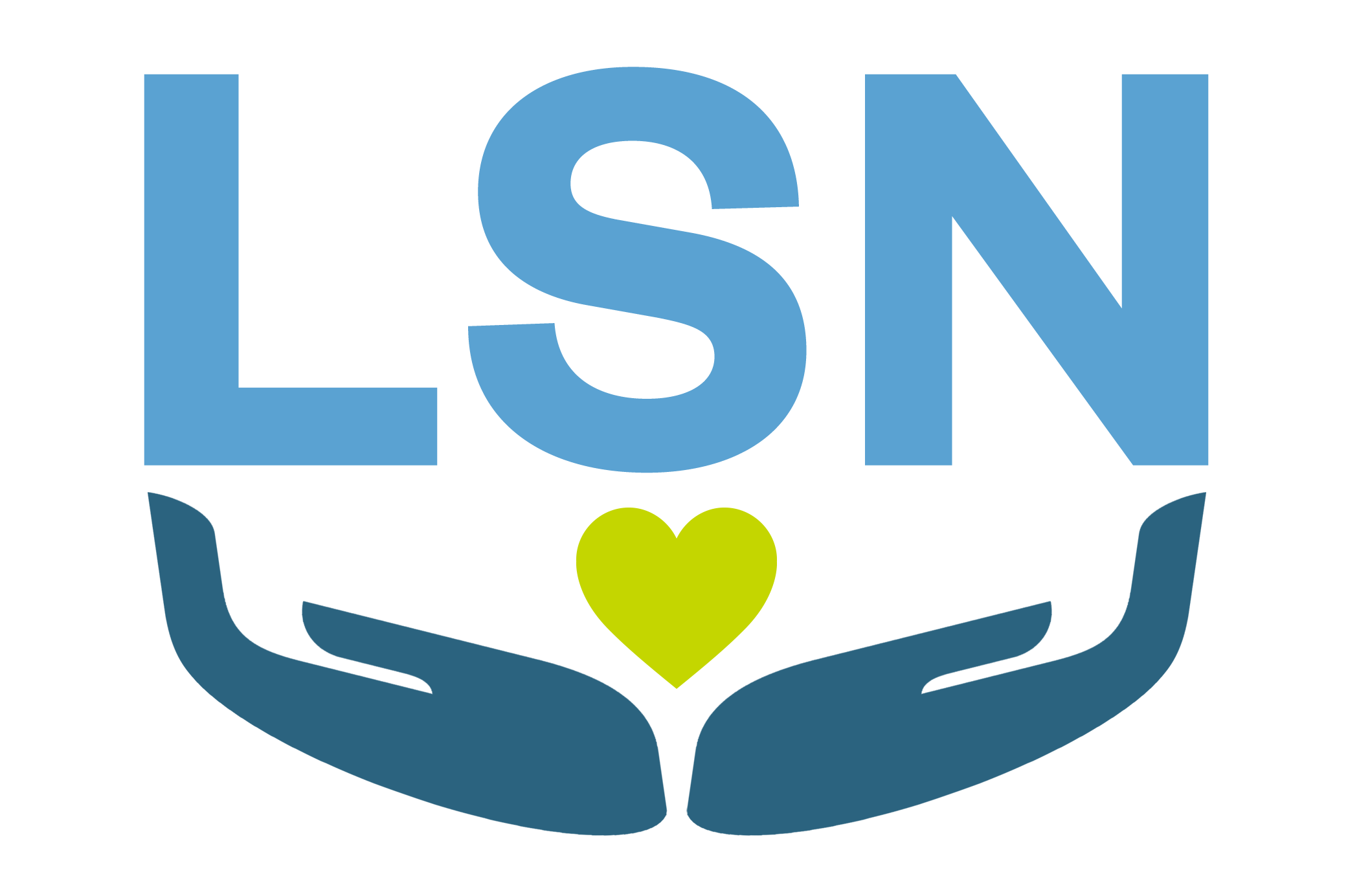Suicide Prevention Strategies
If you are experiencing a life-threatening medical or mental health emergency, please call 911 or go to the nearest local hospital emergency department.
For urgent concerns:
- Call or text 988 National Suicide and Crisis Lifeline
- Text START to the Crisis Text Line at 741-741
- Students can call CAPS 24/7 at 919-966-3658 or visit 8 am - 5 pm Monday - Friday
- Faculty and Staff can contact the University Employee Assistance Program (EAP) Service (24 hours a day) at 877-314-5841. Online resources are available at www.guidanceresources.com.
While there is no single cause for suicide, there are risk factors and warning signs which may increase the likelihood of an attempt. Learning them can save lives.
Protective Factors
- Access to mental health care and being proactive about mental health.
- Feeling connected to family and community support.
- Problem-solving and coping skills.
- Limited access to lethal means.
- Cultural and religious beliefs that encourage connection and help-seeking, discourage suicidal behavior or create a strong sense of purpose or self-esteem.
Warning Signs
These warning signs may help you determine if a loved one is at risk for suicide, especially if the behavior is new, has increased, or seems related to a painful event, loss, or change:
- Talking about wanting to die or to kill themselves.
- Looking for a way to kill themselves, like searching online or buying a gun.
- Talking about feeling hopeless or having no reason to live.
- Talking about feeling trapped or in unbearable pain.
- Talking about being a burden to others.
- Increasing the use of alcohol or drugs.
- Acting anxious or agitated, behaving recklessly.
- Sleeping too little or too much.
- Withdrawing or isolating themselves.
- Showing rage or talking about seeking revenge.
- Extreme mood swings.
Providing Support
If you think someone is thinking about suicide, assume you are the only one who will reach out. Here are some tips to help make the conversation less challenging and to connect your loved one with the support they need.
- Be direct. Talk openly and matter-of-factly about suicide.
- Be willing to listen. Allow expressions of feelings. Accept the feelings.
- Be non-judgmental. Don’t debate whether suicide is right or wrong, or whether feelings are good or bad. Don’t lecture on the value of life.
- Get involved. Become available. Show interest and support.
- Don’t be sworn to secrecy. Seek support.
- Offer hope that alternatives are available.
- Take action. Remove means, like weapons or pills.
- Encourage them to seek treatment or contact their doctor or therapist.
- Get help from people or agencies specializing in crisis intervention and suicide prevention. Stay with them and call the National Suicide and Crisis Lifeline 988
- Be sure to follow up with them after the crisis to see how they’re doing.
Adapted from 988 Suicide and Crisis Lifeline and the American Foundation for Suicide Prevention (ASFP).
Additional guides from the ASFP if someone you know may be at risk from suicide:
- What Parents Should Know about Suicide
- How to Start (and Continue!) a Conversation about Mental Health
- If Someone Tells You They're Thinking about Suicide
If You're Struggling
Don't wait for someone to reach out. Seek mental health treatment or talk to your health care provider about your feelings.
Urgent Concern Resources:
- Contact the 988 Suicide and Crisis Lifeline by calling or texting 988
- Connect 24/7 to a crisis counselor by texting the Crisis Text Line Text HOME to 741741.
- Students: Contact Counseling and Psychological Services by calling 24/7 919-966-3658 or dropping in Monday - Friday between 8 am and 5 pm.
*For severe or potentially life-threatening medical or mental health emergencies, call 911 or go to a local hospital emergency department.
Non-Emergency Resources
Find the support that fits your needs at our Mental Health Resource Hub.
Survivor Resources
Safe.unc.edu
Healthy Heels Blog – Survivor Memoir
This first-person story contains content and conversations around suicide and was posted in the spirit of raising awareness for suicide prevention week. Read as feels appropriate for your individual needs.
National Suicide Prevention Initiatives
September is National Suicide Prevention Month. Mental health advocates, prevention organizations, survivors, allies, and community members unite all month to promote suicide prevention awareness.
World Suicide Prevention Day, Sept. 10, is recognized as a time to remember those affected by suicide, raise awareness, and focus efforts on directing treatment to those who need it most.
National Suicide Prevention Week is the Monday through Sunday surrounding World Suicide Prevention Day. This week is honored as a time to share resources and stories, as well as promote suicide prevention awareness.

